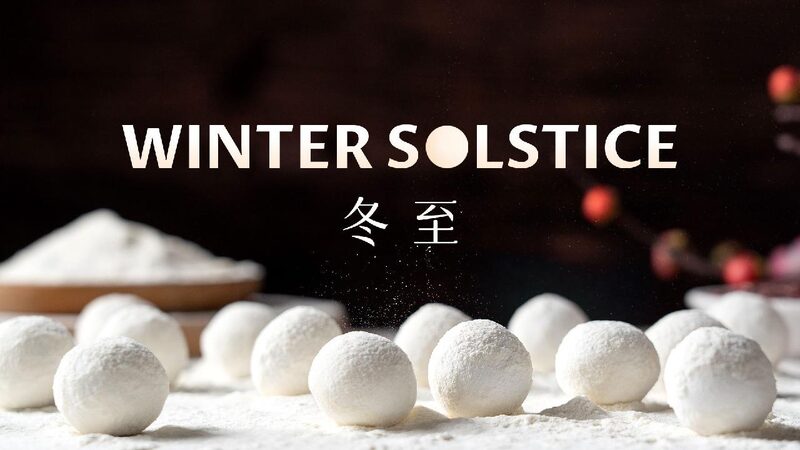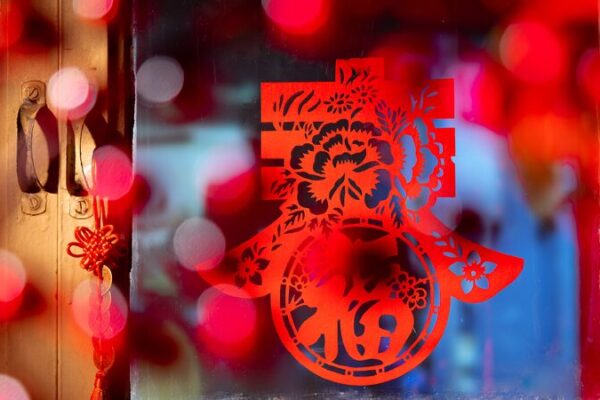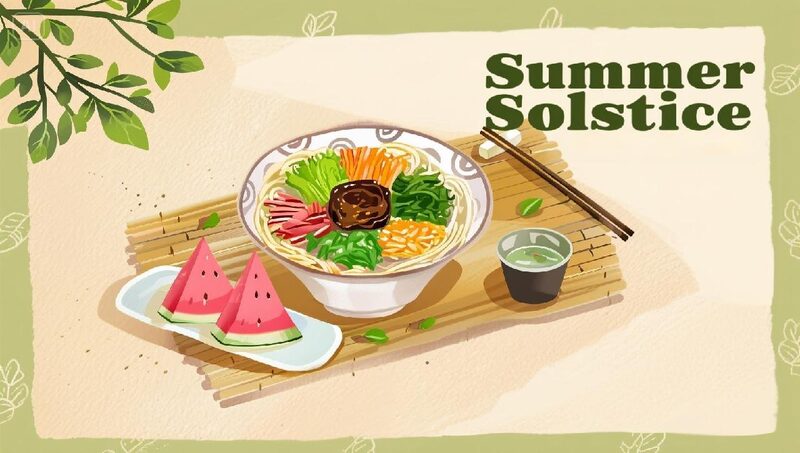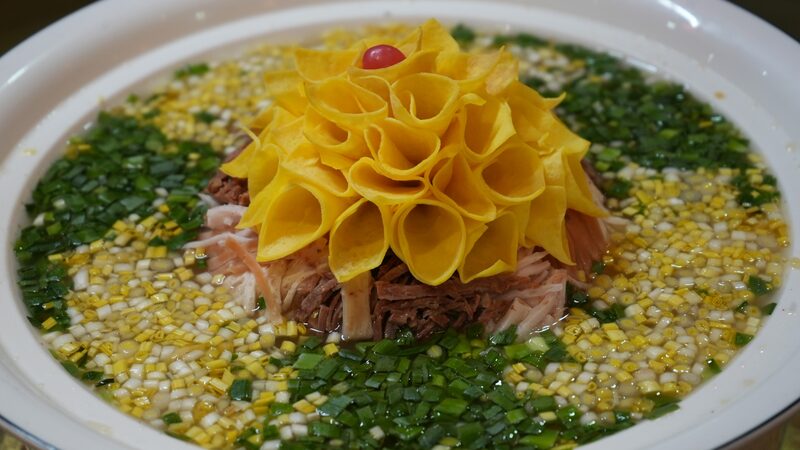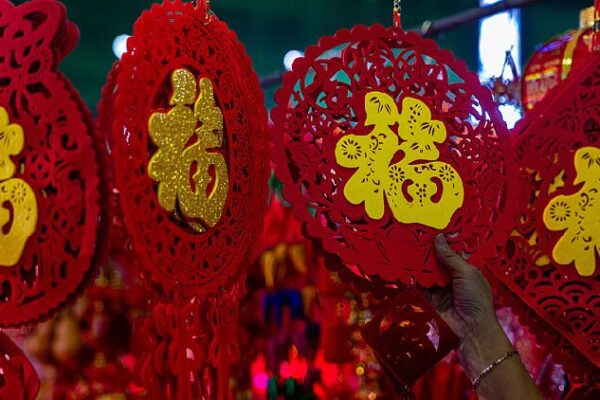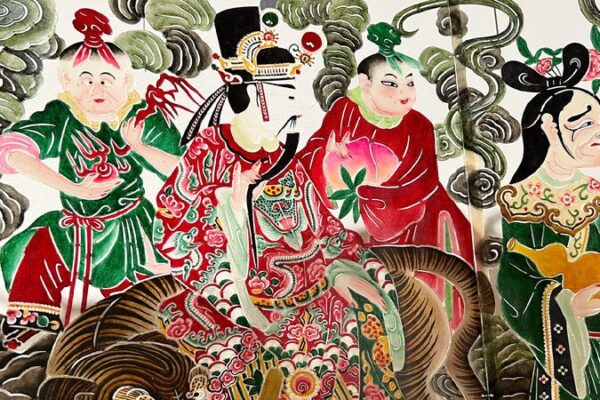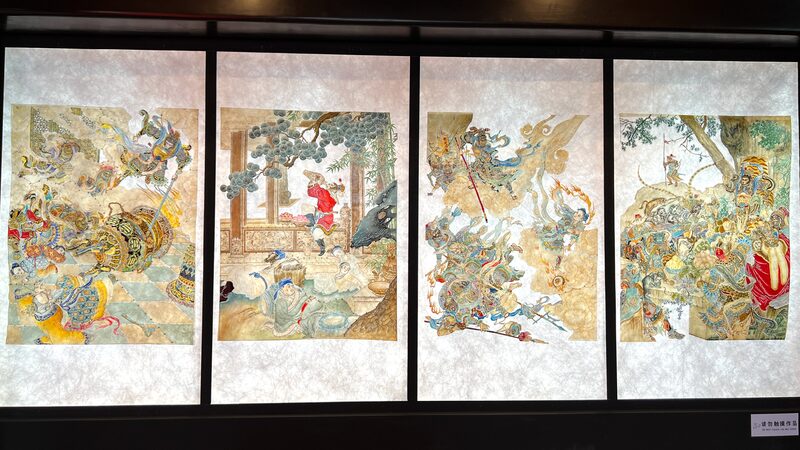As the winter solstice arrives on December 21, China embraces this significant solar term with a rich tapestry of traditions and celebrations. Symbolizing the return of longer days, the winter solstice is a time-honored occasion for family reunions, feasting, and cultural rituals.
In ancient China, the saying “With the winter solstice comes good fortune” reflects the importance of this day. In Dengfeng, Henan Province, people experience the gnomon shadow measurement method, an ancient technique used to determine the winter solstice and the 24 solar terms—a cornerstone of traditional Chinese astronomy and agriculture.
The celebrations vary across regions. In the northern city of Xinzhou, Shanxi Province, communities come together for thousand-person dumpling feasts, symbolizing unity and warmth during the cold months. Meanwhile, in Jiangmen, Guangdong Province in the south, families enjoy savory rice balls, representing harmony and completeness.
Beyond the feasts, the winter solstice brings a chance to explore China’s enchanting winter landscapes. Harbin City in the northeast transforms into a glittering ice and snow wonderland, hosting folk activities that celebrate the season’s beauty. In the vast expanses of Xinjiang Uygur Autonomous Region, pristine snowscapes offer a backdrop for traditional festivities and adventures.
From ancient rituals to regional delicacies and breathtaking winter scenes, China’s celebration of the winter solstice is a vibrant mosaic of cultural heritage. It’s a time when communities across the country honor their ancestors, welcome longer days, and share in the joy of the season.
Reference(s):
cgtn.com
